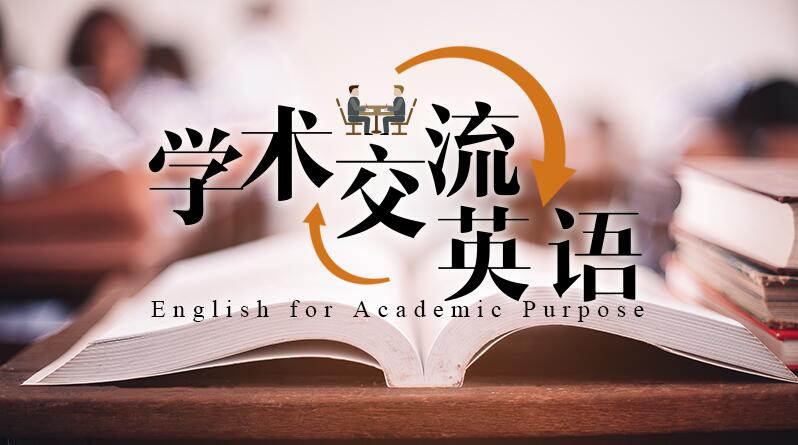第二章测试1.While preparing for listening to a lecture, the first tip is( ).
A:to find out the topic of the lecture to be delivered. B:to research the topic by reading the related sources. C:to familiarize yourself with the subject and list out questions if possible. D:to sort out the specific words and terms that the lecture may use.
答案:A
2.The Cornell note-taking method was first developed by ( ), the technique has become a milestone in note-taking. ( )
A:Walter Pauk B:Paul Walter C:Walter Cornell D:Pauk Walter 3.The charting method is a note-taking method that uses ( ) to condense and organize notes.( )
A:figures B:tables C:pictures D:charts 4.While listening to academic lectures and speeches, the internal strategies are ( ).
A:Monitoring B:Guessing C:Evaluating D:Communicating 5.Listening to lectures present many linguistic challenges, which include ( ).
A:speed of delivery B:academic vocabulary C:accent D:specialist vocabulary 6.The keys to identify the key ideas in lectures and presentations are ( ).
A:visual aids B:pace C:repetition D:signal words and phrases 7.Two processes are involved in academic listening: top-down listening and bottom-up listening.( )
A:错 B:对 8.Skip words like "the" and "a" that do convey additional meaning to the lecture content.( )
A:错 B:对 9.Linear notes are the simplest and therefore the most common style of notes for listening.( )
A:错 B:对 10.There are five steps that need to be followed while drawing a mind map. ( )
A:对 B:错
温馨提示支付 ¥3.00 元后可查看付费内容,请先翻页预览!

